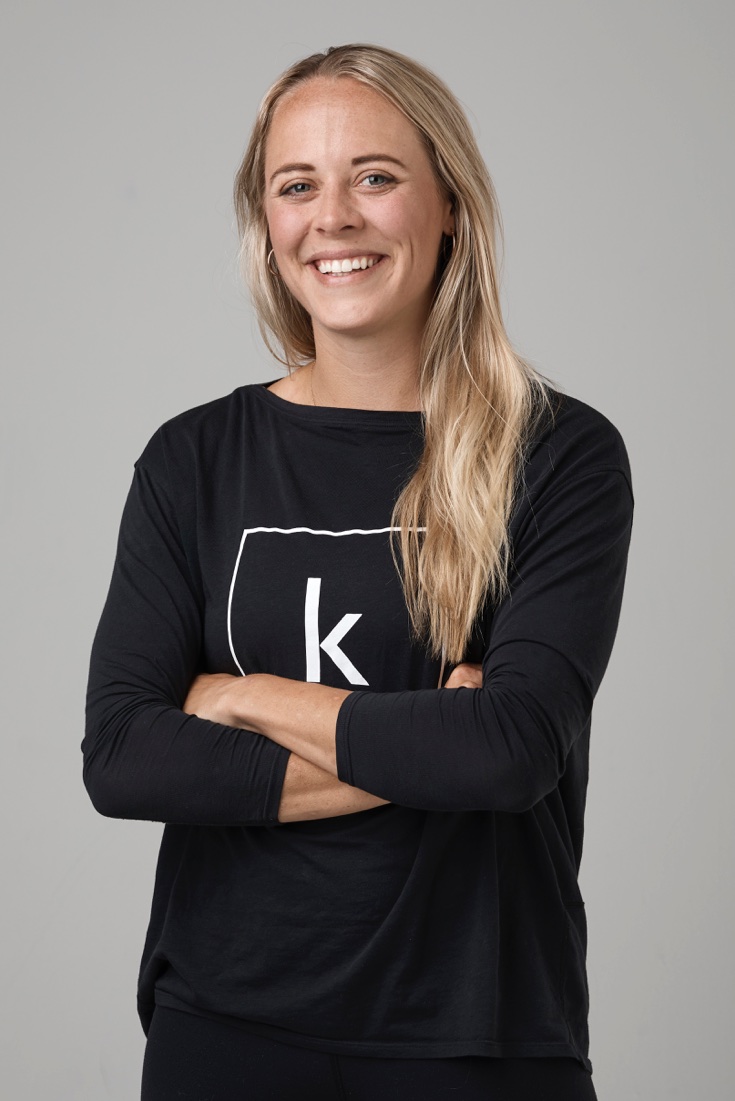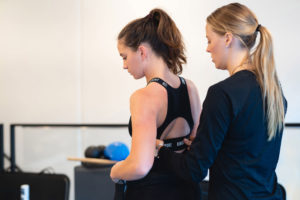Yoga or Pilates?
February 1stA question I get asked all the time by my clients is – “Should I do yoga or Pilates?”.
Yoga and Pilates come from very different backgrounds. Yoga originated in India and has been around for over 5,000 years. It is a spiritual discipline which focuses on bringing harmony between mind and body through its five basic principles – exercise, breathing, relaxation, diet and meditation. Yoga provides both physical and mental benefits including improved flexibility, breath awareness and mood.
The Pilates method was developed in Germany by Joseph Pilates in the 1920s. Joseph dedicated his entire life to improving his physical strength and established exercises that encourage the use of the mind to control muscles, with particular focus on core postural muscles. With an increase in evidence-based practice and scientific understanding, the Pilates method has evolved over the years and has become a popular service offering in many Physiotherapy clinics. With the right guidance and prescription, Pilates can benefit everybody from elite athletes to people with limited mobility, pregnant woman and people rehabilitating from injury.
As a Physiotherapist and Pilates instructor, I’ve seen first hand the undoubtable benefits of Pilates. It’s not to say that I don’t agree with yoga, as it too provides many benefits, but my clientele generally need the more functional and sport specific rehabilitation that Pilates provides.
The benefits of Pilates include:
- Facilitating longer and leaner muscles and therefore promoting more mobility and ease of movement (in comparison to pure strength training).
- A low impact exercise option which doesn’t place unnecessary strain on joints.
- Improved core and postural strength due to the strong focus on muscles that help keep the body balanced and provide support for the spine.
- Improved body-awareness (proprioception) and coordination.
- Injury prevention and rehabilitation.
- Improved breath awareness and mindfulness.
- Improved pelvic floor function (the pelvic floor can become compromised during and after pregnancy, after surgery or simply with age or injury).
- Preparing your body for pregnancy (pre- and post-natal Pilates is designed to help your body cope with the stresses pregnancy places on your body).
The first time you try pilates, particularly in a clinical setting, there will be a steep learning curve. It is normal to feel like you are being overloaded with information but that’s because Pilates is built on a number of principals that all need to be addressed. It does take time, persistence and concentration but the benefits of Pilates are well worth it.
The Principles of Pilates
Concentration: Joseph Pilates always quoted poet Schiller “It is the mind itself that builds the body”. It’s clear how much Joseph valued concentration as one of the main cornerstones on which to build the body from. The brain is so powerful and is often underestimated how well it can tell your body which muscles to use for a certain action. Incorporating feedback strategies (e.g tactile and visual) into Pilates practice is crucial to reinforce correct biomechanics and efficient body movement patterns.
Precision: Pilates aims for precise alignment during all movements. At Kinematics, alignment is one of the key areas we focus on to improve functional health and performance. A change or alteration in one area of the body will directly change and alter the next. Regular practice of movement patterns with precision and correct alignment will carry over from Pilates exercises into everyday activities.
Centering: It is well known that Pilates views the torso as the stable center from which motion occurs and the stronger that center, the more efficient the motion. However, it does not begin and end at just the tummy region. The center also encompasses the muscles of your back, hips, pelvic floor and inner thighs. In an initial consultation, I like to demonstrate this by firstly letting the client perform a typical movement and noting where the muscle tension occurs then repeating the action once the core is correctly and appropriately activated. The difference is immediate and the client always notices how much better it feels to move from a stable base.
Breathing: Muscles need oxygen to work and subsequently get stronger. Typically in Pilates, the focus on the breath is out with effort and in on the return, however this cueing can be adjusted to encourage correct engagement of the deeper abs and pelvic floor. Above all, the key is not to hold your breath! Your instructor should cue and monitor to ensure active and meaningful breathing is incorporated during each exercise.
Control: In Pilates, every exercise must be done with control. Slowing repetitions to ensure control can have a drastic impact on muscle activation patterns and co-contractions. Movement needs to be controlled, balanced and co-ordinated.
Flow: Exercises within Pilates are intended to connect all body parts and flow through the body helping to build strength and stamina. The workload will increase with time as the body progresses. Repetitions increase and resistance follows. Pilates exercises should always be varied, graduated and challenging.
In summary, yoga and Pilates are two styles of exercise both providing incredible benefits for the body and mind. At the end of the day, any movement is better than no movement, but if improving your overall biomechanics or rehab from an injury is the priority, then Pilates is the choice to make.
Beginners to Pilates are always welcome at Kinematics. We offer clinical 1:1 and 1:4 Pilates. An initial one-on-one session is the best place to start with Pilates in order for us to get to know you and your body better, therefore a 1:1 session is required prior to joining group classes. It involves a full-body screening and enables us to establish any areas of injury, imbalance or weakness to ensure you get the most out of every session.
See you in the studio!
Book Clinical Pilates here

